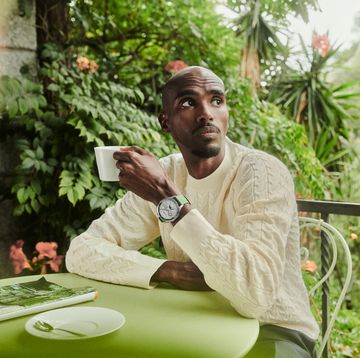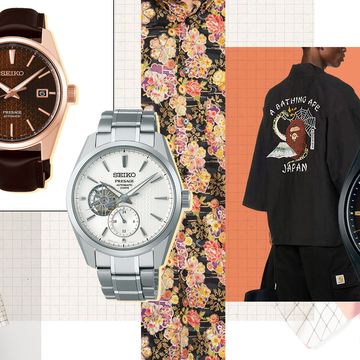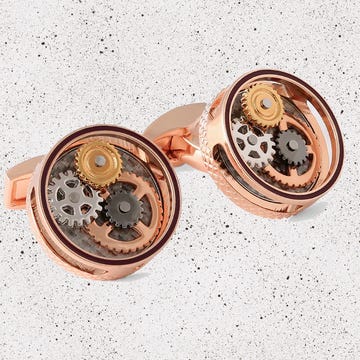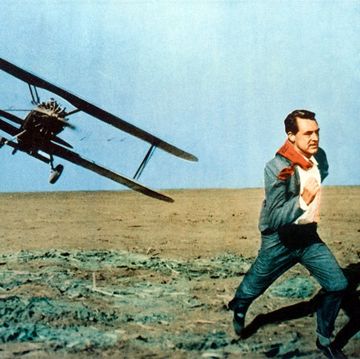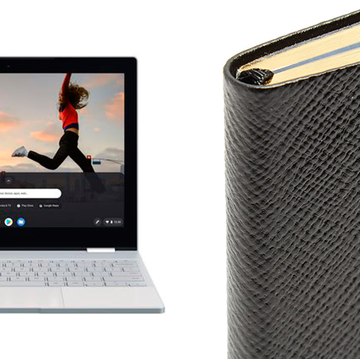Buying the right TV can be a tricky task. You can spend all day copped in Currys, swamped in acronyms and eventaully leaving with a product you hardly know anything about.
To make your life easier, we've asked John Kempner, vision buyer at John Lewis, for his view on what you shoud be looking out for when buying a TV.
***
1 | The most important thing: picture quality
Most 40in TVs now come with full HD panels. You want your new set to be HD, so you’ll get the benefit of HD-quality broadcasts and Blu-ray. Other than that, if you’ve ever walked into a department store, stared at all the TVs and thought the pictures pretty much all looked the same, there’s a reason.
“They pretty much are all the same,” says John Kempner, vision buyer at John Lewis. “Some are a bit more lifelike and sharper. But really, it’s down to customer preference.”
“The simplest test is to look at any picture with a lot of black in it,” says Jason Jenkins, editor of consumer technology website Cnet. “If you can identify the blackest black, that tends to be the best overall picture. A lot of TVs struggle to do black accurately. It looks like light grey.”
2 | Yeah, bigger really is better
You’ll have noticed TVs are getting a lot bigger. “Two years ago, 32in was considered large,” Kempner says. “Now, that’s a small screen, for a second set; 40in is where large screens begin. The growth is in 46in and above – really big screens.” Improved design technology means smaller bezels (a set’s front surround) fit more screen in the same space. Plus, sets are thinner, less intrusive and better designed. “When you get one home and think ‘that’s a bit big’, within a couple of days you’ll wonder how you lived without it,” Kempner says. “Get the biggest set you can afford,” Jenkins says.
3 | Plasma vs LED
There’s nothing wrong with the technology, and plasma screens still represent good value for money. It’s just that hardly anyone is making them these days. All the effort is going into LED (flat panel displays that use LED backlighting), and the next generation — OLED, or “organic LED”, where a layer of light-emitting organic material is used to boost brightness, replacing the need for backlit panels.
4 | HD vs Ultra HD
Ultra HD, or 4K TV, offers four times the number of pixels of full HD. The results look stunning. Shame there isn’t anything to watch. “There’s nothing broadcast in Ultra HD,” Kempner says. Yet. Expect content “within the next year or two”.
5 | The second most important thing: smart
Most 40in-and-above TVs now offer Smart services – built-in wi-fi connectivity for catch-up, Netflix etc. Most have BBC iPlayer. Some have Netflix and LoveFilm. Others have a built-in camera for Skype. “It’s like buying a mobile phone,” Jenkins says. “You want the one with the most features.”
6 | A word on refresh rate
This is measured in hertz. The higher the number, the faster the refresh rate, the better the picture. This is important when you’re watching something with lots of action: sport, especially. (A low refresh rate is why you get a mid-pitch judder.) The ultimate refresh rate is now obtainable on OLED.
7 | Sound
“The one bit that isn’t progressing — in fact, it’s going backwards — is sound,” Kempner says. You simply can’t fit decent speakers into something the width of a magazine, the one downside of thin TVs. Buy a soundbar. We recommend Sonos’s Playbar (£599, sonos.com) or Monitor Audio’s ASB2 (£1,000, monitoraudio.co.uk).
8 | 3D? Forget about it
Manufacturers aren’t pushing 3D any more, and broadcasters aren’t making 3D programmes. “4K Ultra HD is a much more impactful viewing experience than watching in 3D,” Kempner says. Plus, you can’t Tweet or read your phone or tablet — so-called “second screening” — wearing a pair of 3D specs. Jenkins is less ambivalent on the subject. “It’s a total waste of time.”
Taken from Esquire's December issue, on newwstands now.
***
MORE GEAR:
The Only Bike Tool You Need
The Best In-Ear Headphones For 2013
12 Cool Hidden Features Of iOS 7
***


